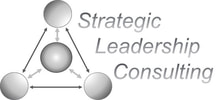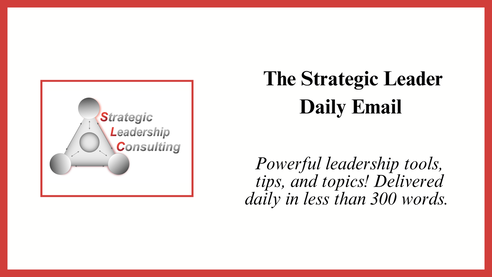|
Colleagues,
Back on April 19-22 we had a four-day challenge to be present. Reader and assistant principal extraordinaire Emily Parks shared (with permission): I accepted the challenge to be fully present. I noticed conversations were longer (perhaps leading to deeper conversations and reflection), people were more open (and probably more honest), and although it took time away from other tasks I could've been doing, I felt better about these interactions. I have realized I have to be human and honest with my people, so when someone asked "Are you busy?" or "Do you have a minute?", I had to respond honestly in order to be fully present, which meant sometimes scheduling a better time to talk if I was busy and unable to be fully present. The first takeaway: “I felt better about these interactions.” Being present doesn’t just help others, it help us too. The second takeaway: “I had to respond honestly in order to be fully present, which meant sometimes scheduling a better time to talk.” Being fully present doesn’t mean you have to be fully present all the time. That’s not possible. The acceptable alternative to not being fully present is to not be present at all! It is in the space of being absent that you do the tasks that then allow you to be present. The key is to not be partially present. Being partially present communicates partial value of the person and the relationship. Cheers! Frederick
0 Comments
Leave a Reply. |
Categories
All
Archives
July 2024
|


 RSS Feed
RSS Feed